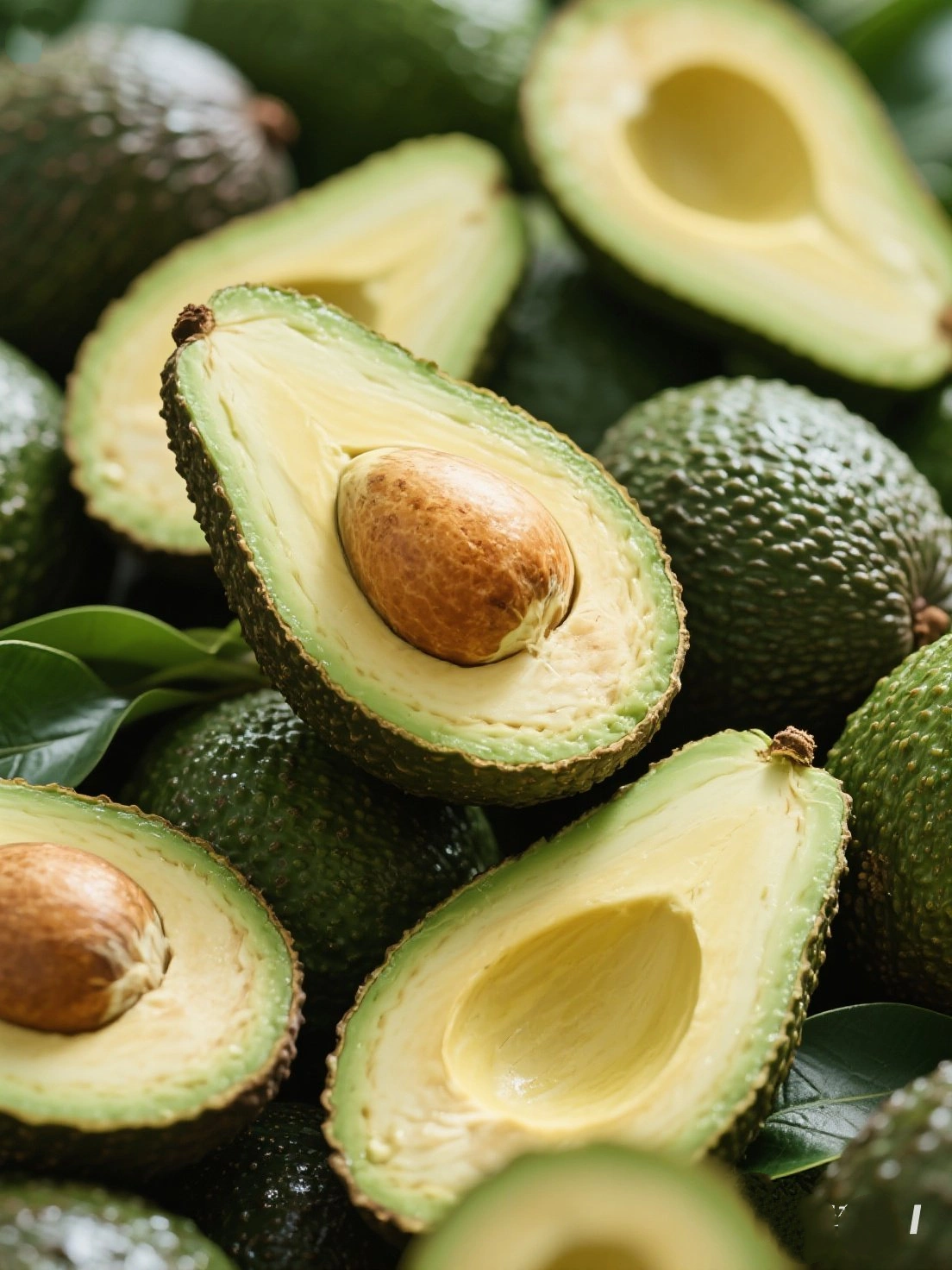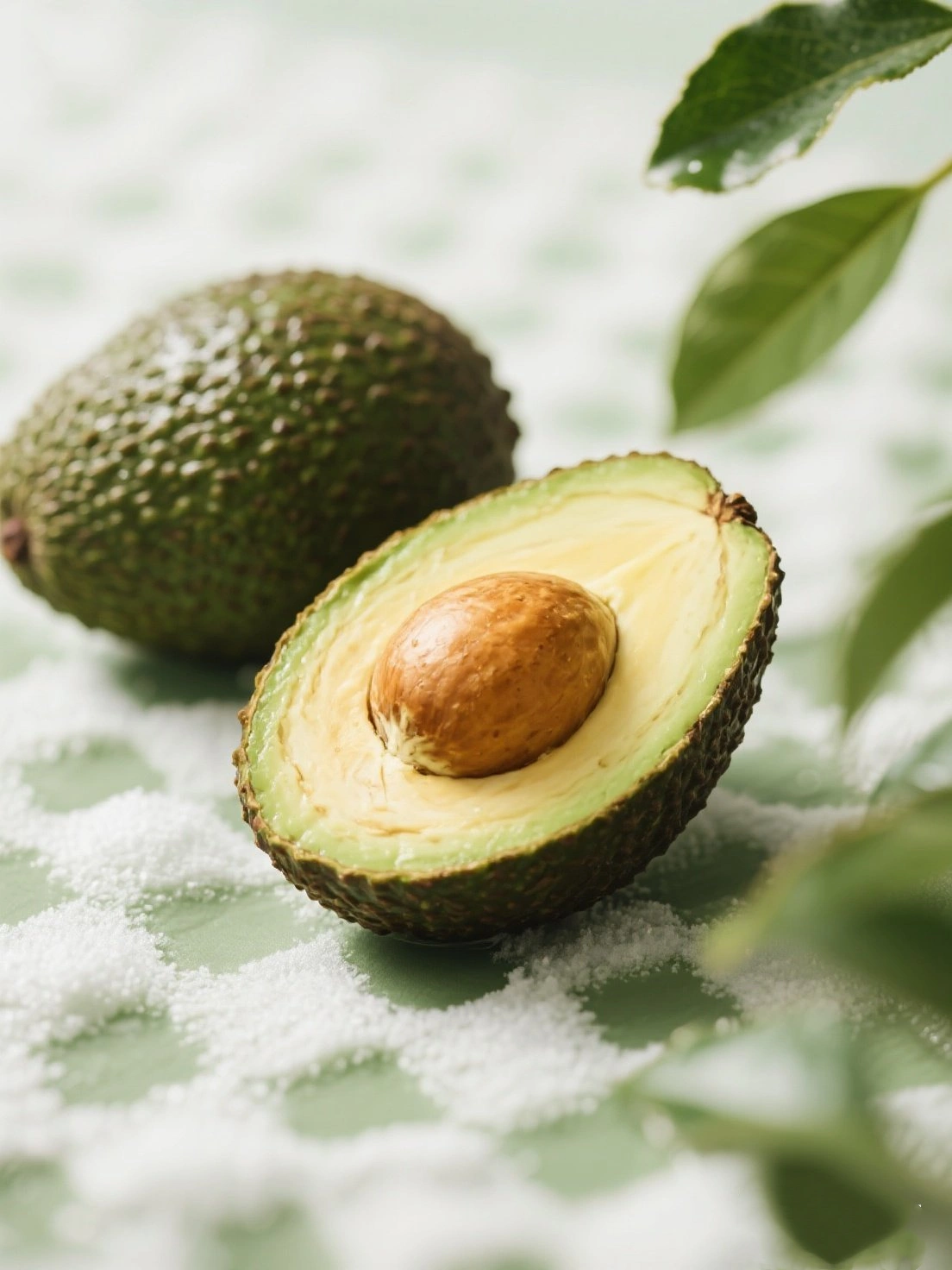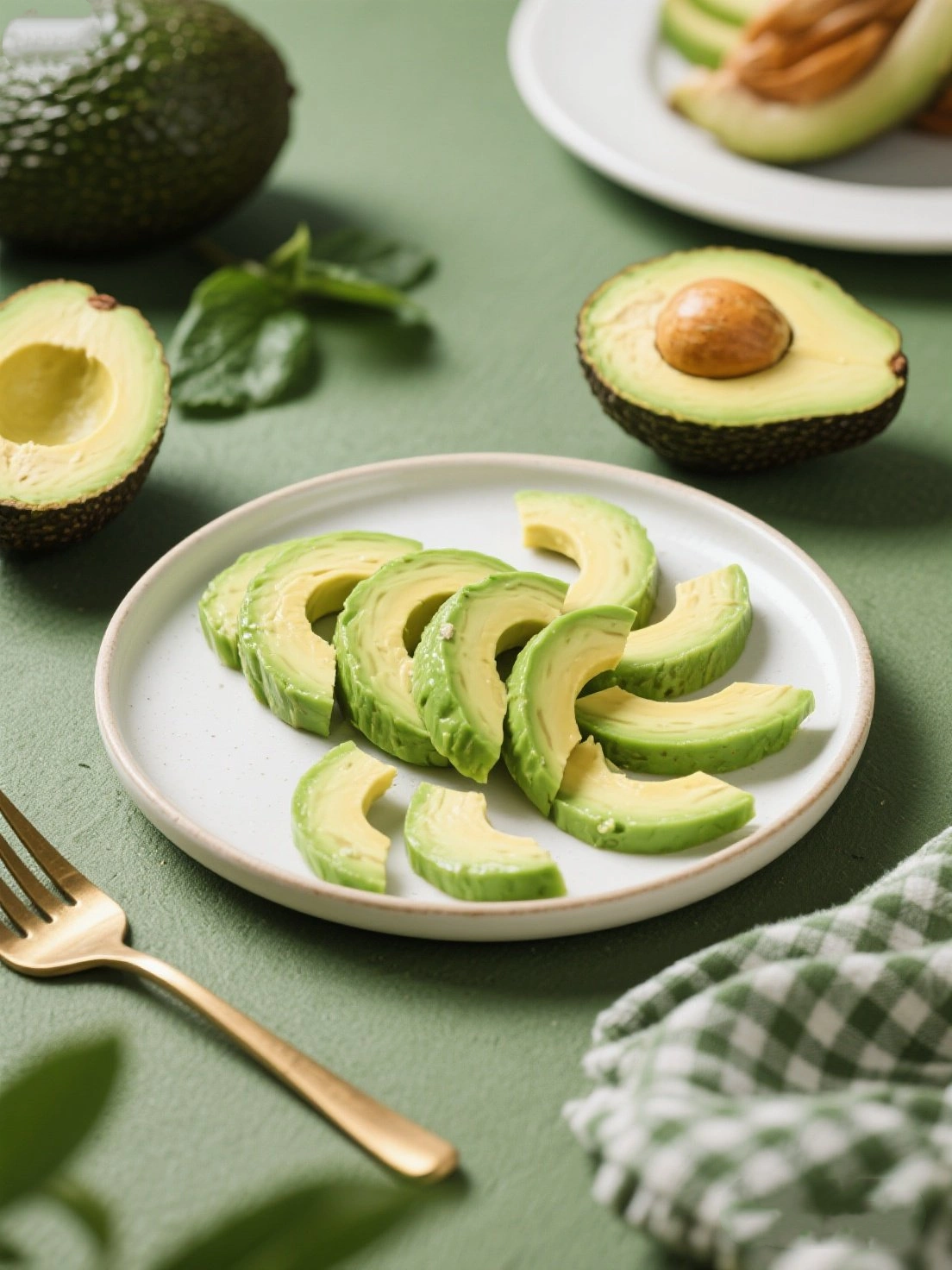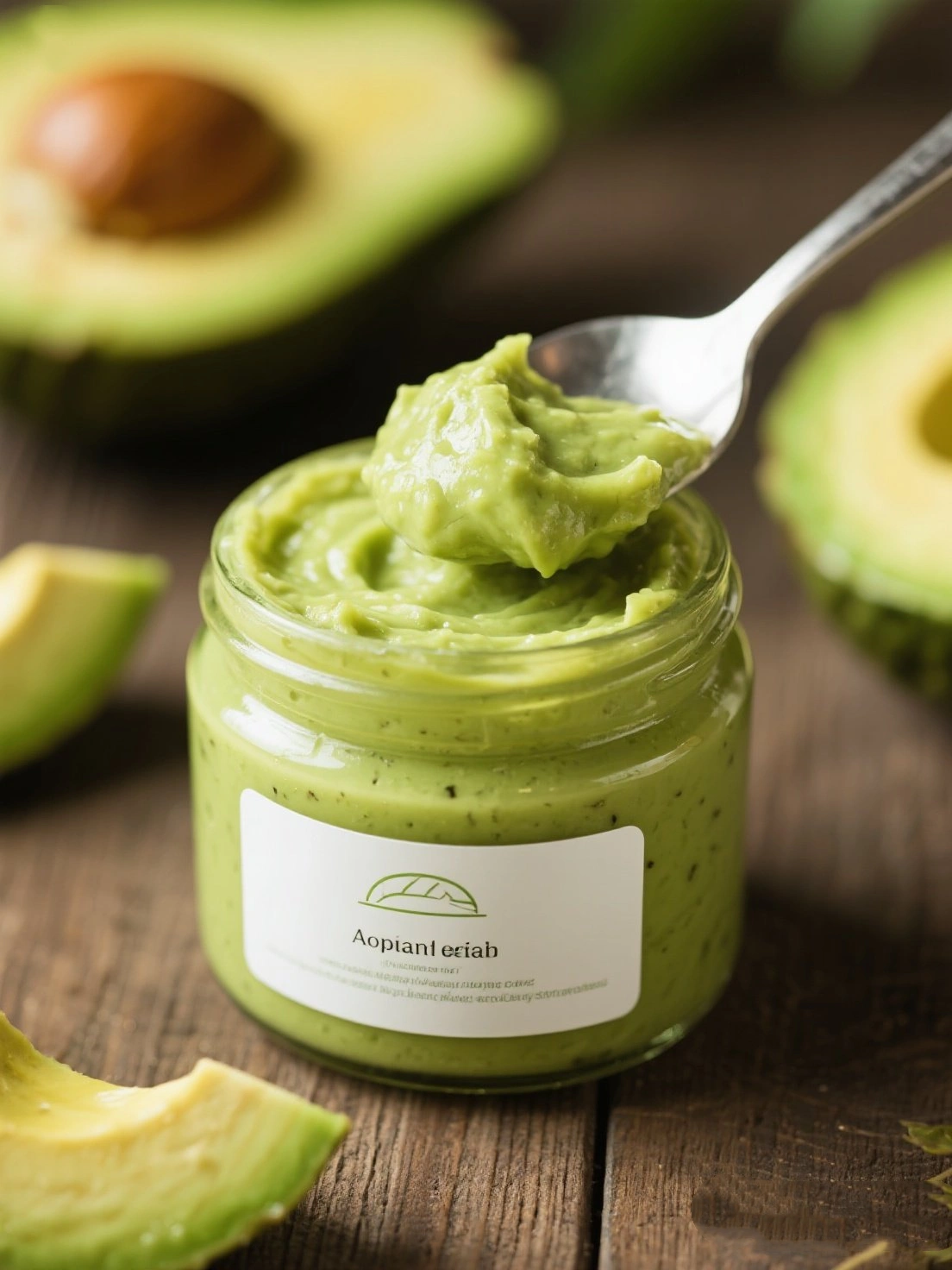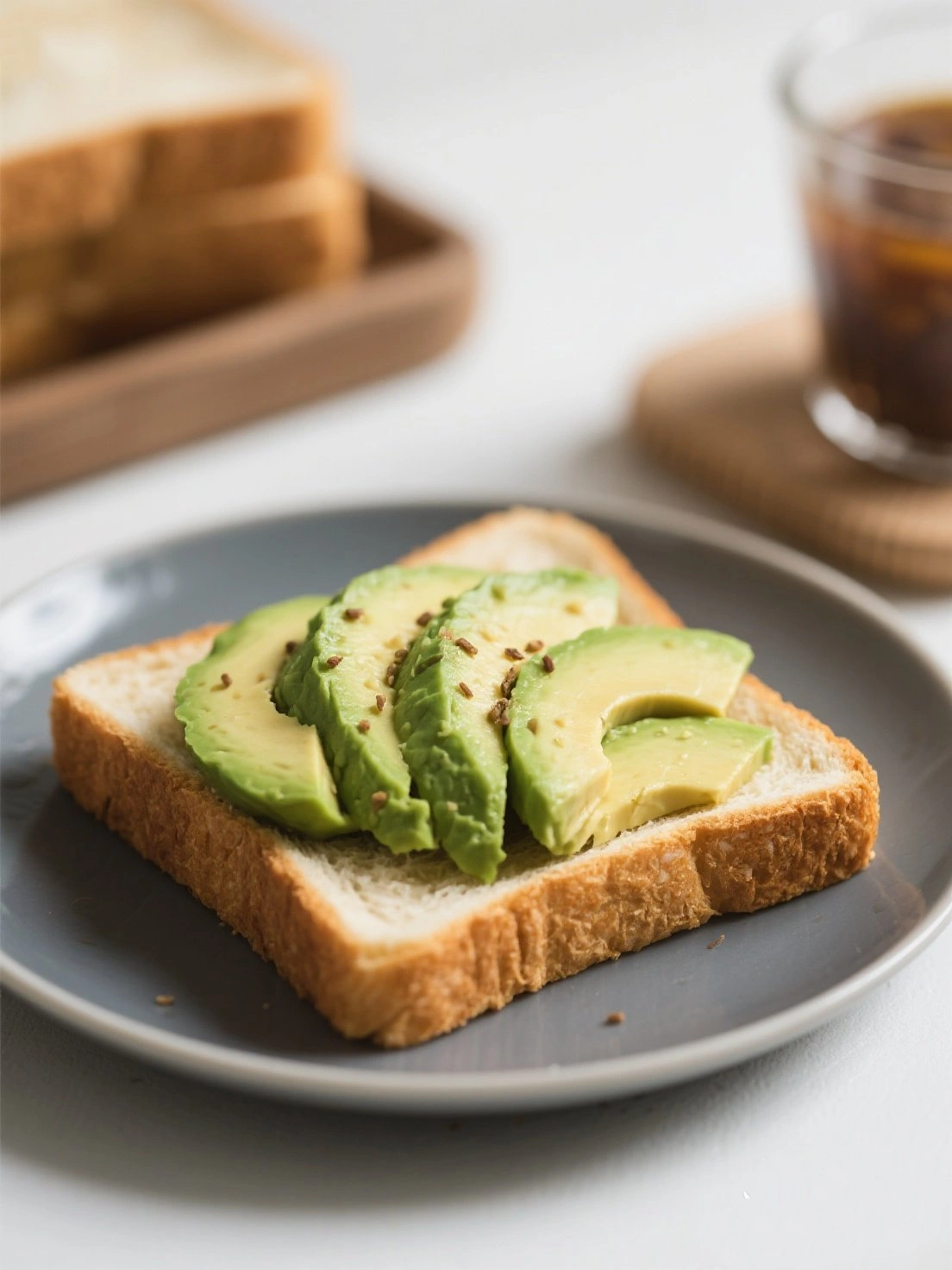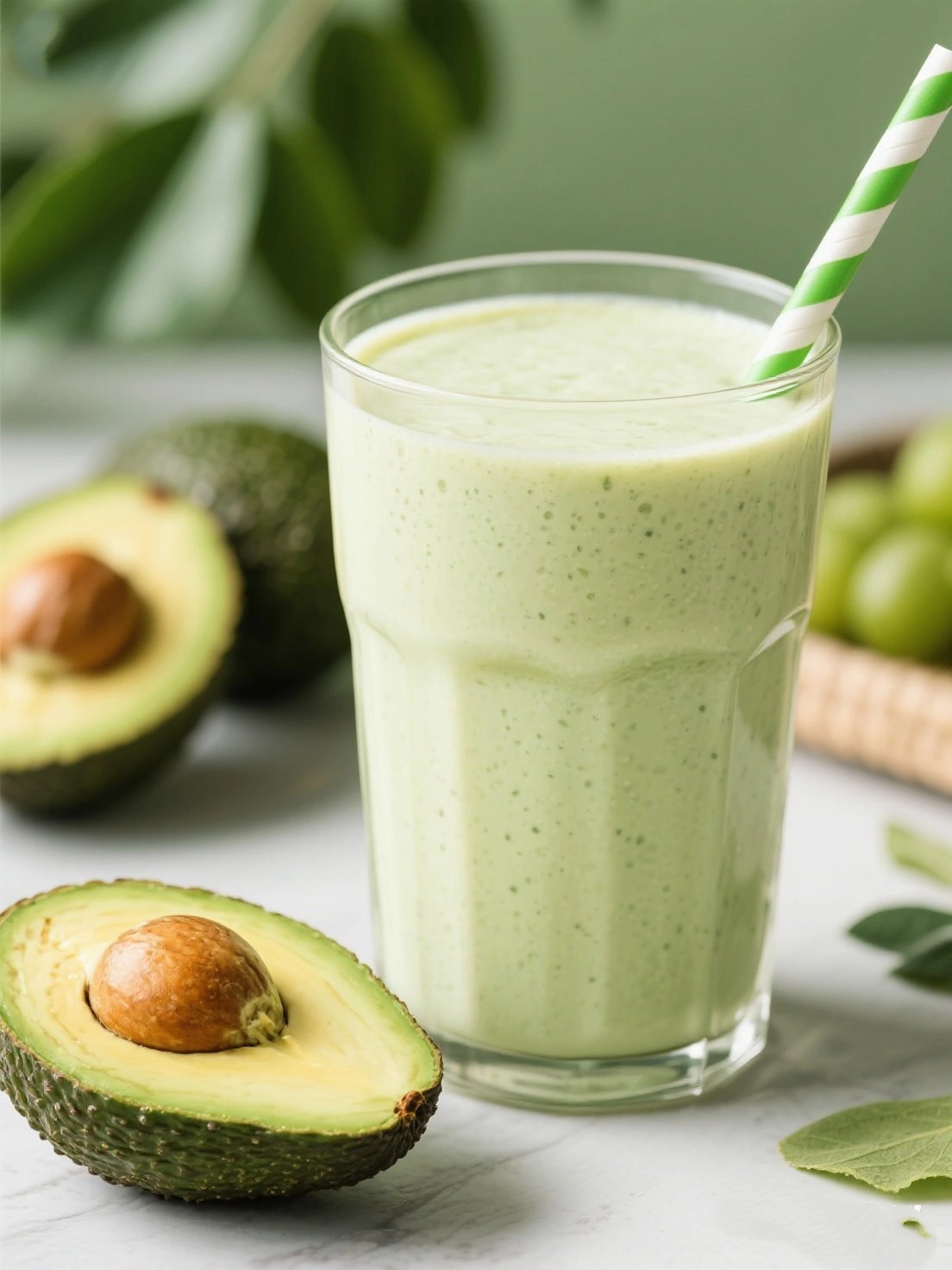Avocados (Persea americana), known as 牛油果 (niú yóu guǒ) or "butter fruit" in Chinese, originated in south-central Mexico over 10,000 years ago. The Aztecs called it "ahuacatl" (testicle) due to its shape and considered it an aphrodisiac. Spanish conquistadors introduced avocados to Europe in the 16th century, and they reached China in the 20th century, where they've become increasingly popular for their health benefits.
In Traditional Chinese Medicine, avocados are considered nourishing and moistening. They are used to tonify yin, lubricate the lungs and intestines, and benefit the liver and kidneys. Modern TCM practitioners recommend avocados for dry conditions, constipation, and to counteract the drying effects of aging. The high oil content makes them particularly valuable for skin health.
Today, Mexico remains the world's largest avocado producer, followed by countries like Peru, Colombia, and China (with plantations in Yunnan and Hainan). The Hass variety dominates global markets, prized for its creamy texture and rich flavor. Avocados have become a global superfood, celebrated for their heart-healthy fats and versatility in both savory and sweet dishes.
